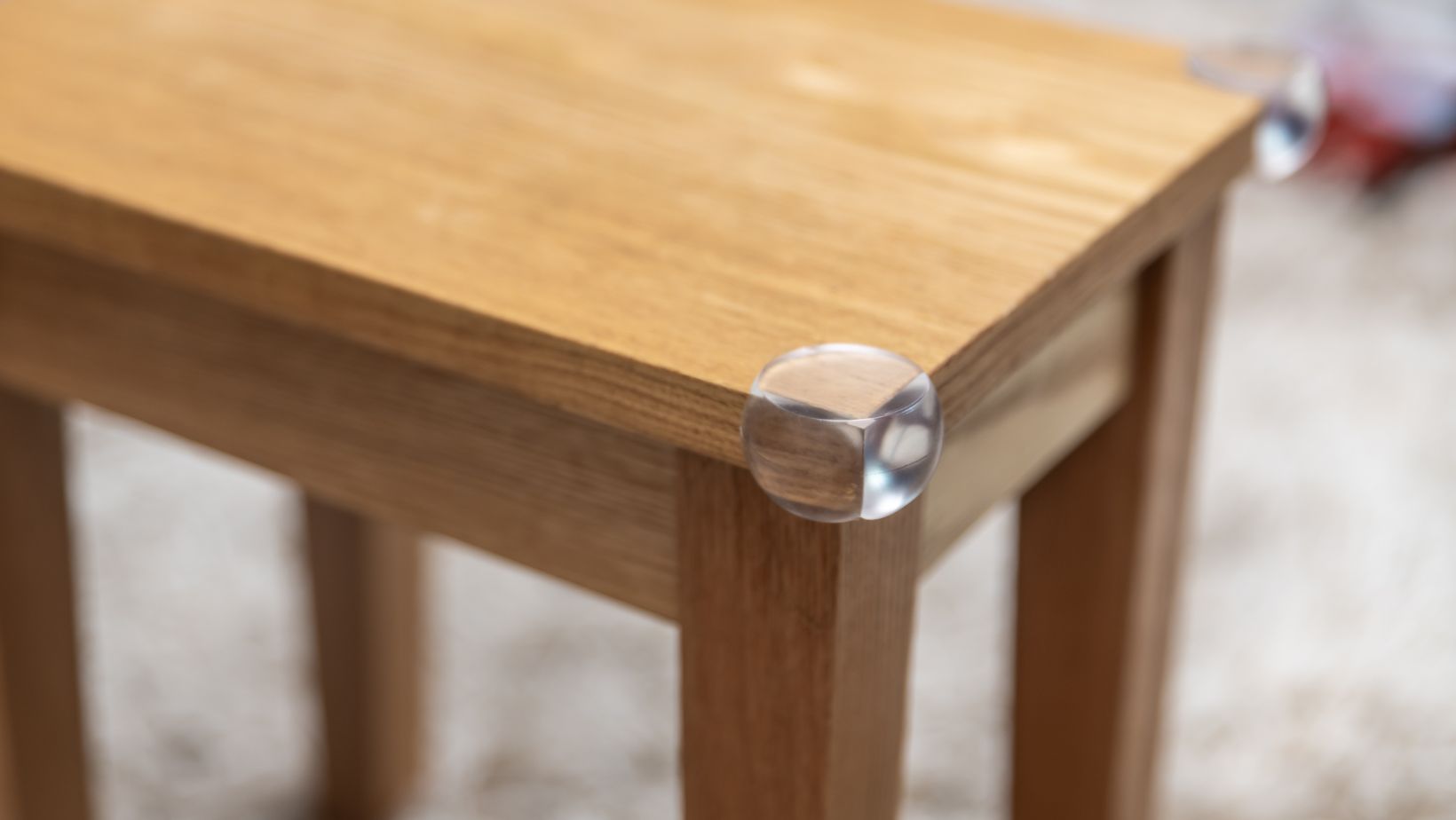Child-Proofing Your Home: Creating a Safe and Healthy Environment

Hi, I am Betty Knight, Owner of this site! I…
Is this your first time being a parent, or just need a refresher course on creating a safe and healthy environment for your little one? This article is just for you. We’ll go over the different common hazards in a home, how to baby-proof each home, and how to keep your home clean. Let’s get to it!
Identifying and Mitigating Potential Hazards
Common Household Hazards
You may not realize it, but almost everything is a safety hazard for children. Stairs, household plants, outlets, fireplaces, and so much more! Here is a list of the most common safety hazards in your home:
– Magnets
– Electrical Cords
– Bags (Plastic)
– Doorstops
– Small Toys (Depends on the age of the child and age range of toys)
– Loose Beddings
– Coins
Child-Proofing Different Areas of the Home
Not every single thing in your home needs to be childproof right away, if you have a child that can’t walk yet it’s okay if you don’t get carpets down immediately on your hard slippery floor. Let’s go over some things to childproof in each room.
The Nursery
The crib should be empty of soft materials like bumpers, pillows, blankets, and stuffed animals. Having soft materials like that could cause the baby to suffocate if it found its way on its head. I also made sure the decorations above the crib were secure so they didn’t fall into the crib. If the baby doesn’t need a crip and is big enough for a bed, the lower the bed, the better. And if you have bunk beds, children under 6 should stay on the bottom bunk.

For the changing table, try to look for one with guard rails so the baby doesn’t accidentally roll over too much. One with a concave middle is recommended, so it’s harder for the baby to roll around too much.
The Kitchen
When the baby is old enough to be crawling or walking around it’s time to start babyproofing the kitchen area. Of course, when there’s a child of any age, make sure sharp objects like knives or scissors are out of reach or in a drawer/cupboard with a safety latch. Safety latching any drawer/cupboard within a child’s reach, including the refrigerator, is always recommended. Also, consider having stove knob covers.
The Bathroom
Same with the kitchen drawers/cupboards, consider adding latches to the bathroom as well. You can even use them for the toilet as well to prevent the child from thinking it’s a little pool to splash and throw toys in. While in the tub/shower consider using nonslip pads to make sure the baby doesn’t slip during bathtime. It’s not a bad idea to have them for yourself as well.
The Living Room and Dining Room
Sharp corners should be covered on any edge, tables and chairs. Tie up cords from the windows either from blinds or curtains. If you have a fireplace make sure that it’s screened in and the tools are in a safe spot. You could also add screen covers on radiators if you have the older radiators.
Ensuring a Clean and Healthy Environment
Regular Cleaning and Safe Products
Keeping a clean home is essential for not only you but also for your baby. Having a regular cleaning schedule that the whole family can help with will keep your baby safe and healthy. Toys on the ground can be a tripping hazard not only for you but for children who are just beginning to walk. Regular cleaning of the toys also helps keep the baby healthy, you know how often babies like to put random things in their mouths.
When it comes to finding a safe cleaning product look for eco-friendly options, they’re more likely to avoid harsh chemicals. The harsh chemicals are not only bad for babies to touch, after cleaning, but also bad to breathe in.
Maintaining Good Indoor Air Quality
You can’t exactly clean the air with any spray cleaner, you have to use the right product. Air filters, air purifiers, and dehumidifiers. Making sure your air is clean is good for your baby and you, it helps lessen the chance of getting sick and developing asthma.

Air filters need to be checked and replaced every 30-90 days. Dirty air filters just blow dust around your home, which can cause something as small as mild allergies to something bad like lung issues if not taken care of. You should look into the MERV rating and filter types as well. The higher the MERV rating, the tinier the particles they trap.
Air purifiers are an extra safety step you guarantee your home has clean healthy air. It helps you ensure that all the tiny particles your air filter couldn’t trap will be taken care of.
Now dehumidifiers help reduce excessive moisture in your air that could cause mold in your home. Having one in the basement or attic is the most common place but you can also have a small one in the bathroom to help after showers or baths.
Conclusion
Being a parent can be hard, especially if it’s your first time. Remember, there is no ‘perfect mom’ or ‘perfect dad’; we’re all just trying our best to raise a child in a safe and healthy environment. Baby-proofing, safe cleaning products, and clean air can help ensure you and your baby are healthy.
What's Your Reaction?
Hi, I am Betty Knight, Owner of this site! I am a 'nearing 30-year-old', happily married to 1 awesome man. We live in the beautiful tourist town of Franklin NY.



